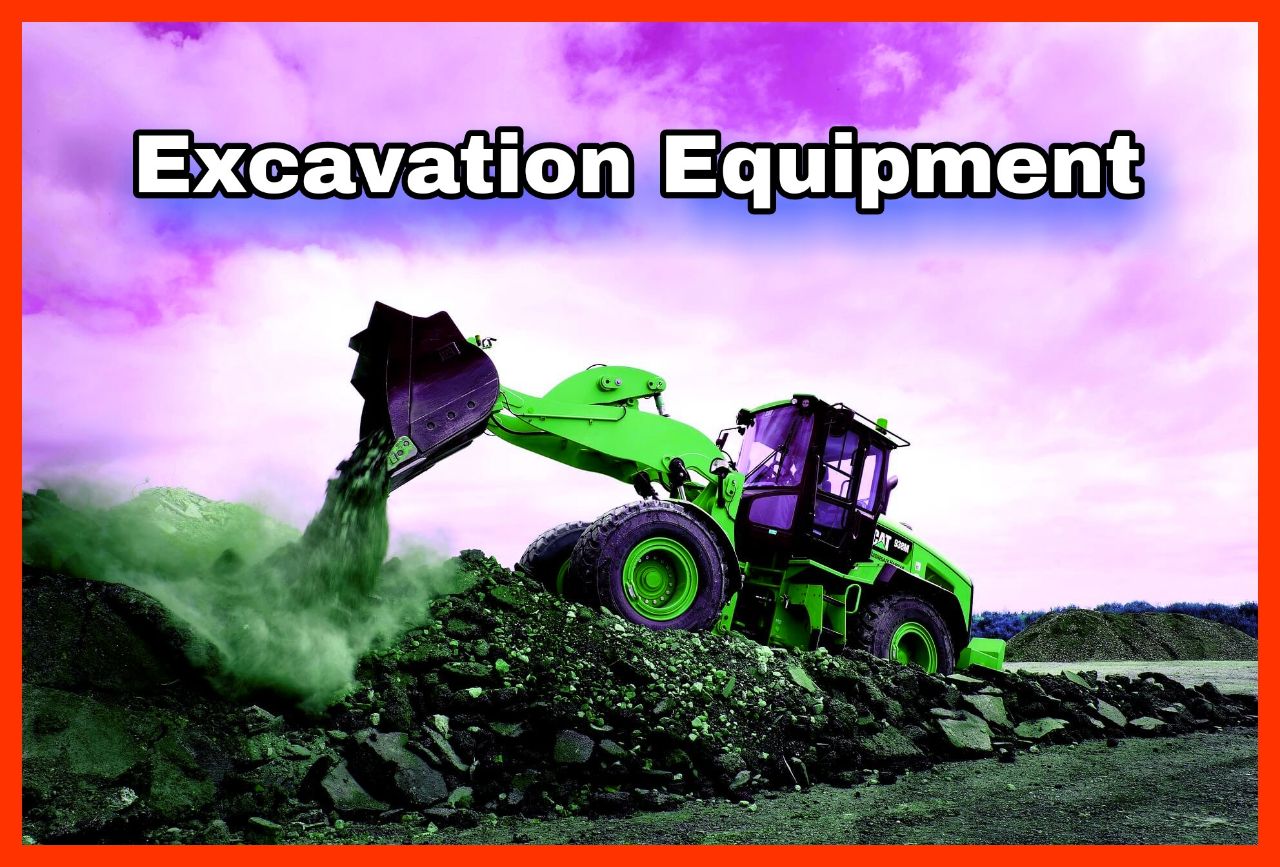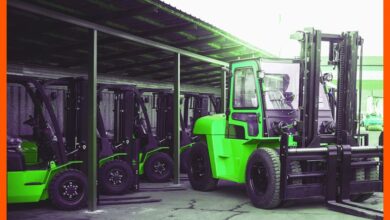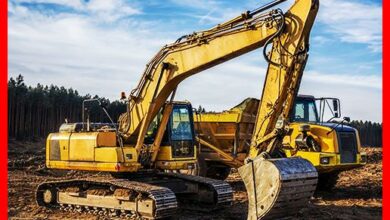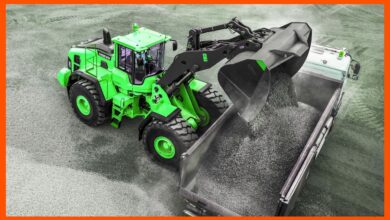
Excavation Equipment: Unearthing the Power of Modern Construction
In the world of construction and development, the importance of excavation equipment cannot be overstated. These powerful machines have revolutionized the way we shape the earth to create foundations for buildings, roads, and other infrastructure projects. In this article, we’ll delve into the various types of excavation equipment, their applications, and how they have transformed the construction industry.

Construction and development projects have never been as efficient and precise as they are today, thanks to the remarkable evolution of excavation equipment. From hydraulic excavators to bulldozers and skid-steer loaders, each type of machinery plays a unique role in the construction process.
Hydraulic Excavators: Unmatched Precision
Hydraulic excavators are the workhorses of modern construction sites. With their hydraulic systems and powerful attachments, they can dig deep into the earth, remove debris, and precisely grade the land. Their versatility and precision make them indispensable for various tasks, from digging foundations to landscaping.
Backhoe Loaders: Versatile Performers
Backhoe loaders combine the capabilities of a loader and a backhoe, making them versatile performers in construction projects. They’re ideal for digging trenches, loading materials, and even breaking asphalt. Their compact size and maneuverability enable them to work efficiently in tight spaces.
Bulldozers: Shaping the Landscape
Bulldozers are known for their brute force and ability to shape the landscape. Equipped with large blades, they can push and move massive amounts of soil, making them essential for grading and leveling the ground for construction.
Skid-Steer Loaders: Compact Powerhouses
Skid-steer loaders are compact machines with a unique turning mechanism that allows them to rotate within their own footprint. They’re perfect for tasks that require precision in confined spaces, such as indoor construction or landscaping.
Trenchers: Digging Trenches with Ease
Trenchers specialize in digging trenches quickly and efficiently. They’re commonly used for installing utilities like pipes and cables. Their design ensures minimal disruption to the surrounding environment.
How Excavation Equipment Works
At the heart of these machines are advanced hydraulics and power systems. These systems enable operators to control the equipment’s movements with accuracy and power, ensuring efficient digging and grading. Attachments and accessories, such as buckets, breakers, and grapples, enhance the equipment’s functionality for specific tasks.
Applications in Construction
Excavation equipment plays a pivotal role in a variety of construction projects. When building structures, they create stable foundations, ensuring the safety and longevity of the edifice. In road construction, these machines help in grading and paving, contributing to the quality and durability of the roadways.
In mining operations, excavation equipment extracts valuable resources from the earth with precision. Landscaping and demolition projects are also made easier and more efficient by these machines, as they reshape the terrain according to the desired design.
Advantages of Modern Excavation Equipment
The modernization of excavation equipment has brought several advantages to the construction industry. The efficiency of these machines accelerates project timelines, reducing labor costs and increasing overall productivity. Their precision minimizes errors, resulting in better-quality work. Additionally, safety features incorporated into these machines have significantly decreased the risk of accidents on construction sites.
The Role of Technology
Technology has further enhanced the capabilities of excavation equipment. GPS and telematics systems enable operators to navigate accurately, ensuring precise digging and grading. Remote control and automation features provide an added layer of safety by allowing operators to control the equipment from a distance.
Considerations Before Choosing Equipment
Selecting the right excavation equipment involves considering various factors. The size and scope of the project dictate the type of machinery required. Site conditions, such as soil type and terrain, also play a crucial role in determining the most suitable equipment.
Maintenance and Care
Proper maintenance is essential to keep excavation equipment running smoothly. Regular inspections, servicing, and addressing minor issues promptly can prevent major breakdowns and prolong the life of the machinery. Adequate storage and protection from harsh weather conditions also contribute to their longevity.
In conclusion, excavation equipment has revolutionized the construction industry, enabling efficient and precise earth-moving processes. From hydraulic excavators to skid-steer loaders, each machine serves a specific purpose, contributing to the success of construction, mining, and landscaping projects.
Frequently Asked Questions
- What is the role of hydraulics in excavation equipment? Hydraulics enable the smooth and powerful movements of excavation equipment, allowing for precise digging, lifting, and grading.
- Can excavation equipment be used in mining operations? Absolutely, excavation equipment is commonly employed in mining to extract minerals and resources from the earth.
- How do I choose the right equipment for my construction project? Consider the size of your project, the tasks involved, and the site conditions to determine the appropriate excavation equipment.
- Are there safety features on excavation equipment? Yes, modern machines come equipped with various safety features, such as backup cameras, alarms, and remote control capabilities.
- What is the role of GPS in excavation equipment? GPS systems in excavation equipment aid in precise navigation, ensuring accurate digging, grading, and overall project execution.



